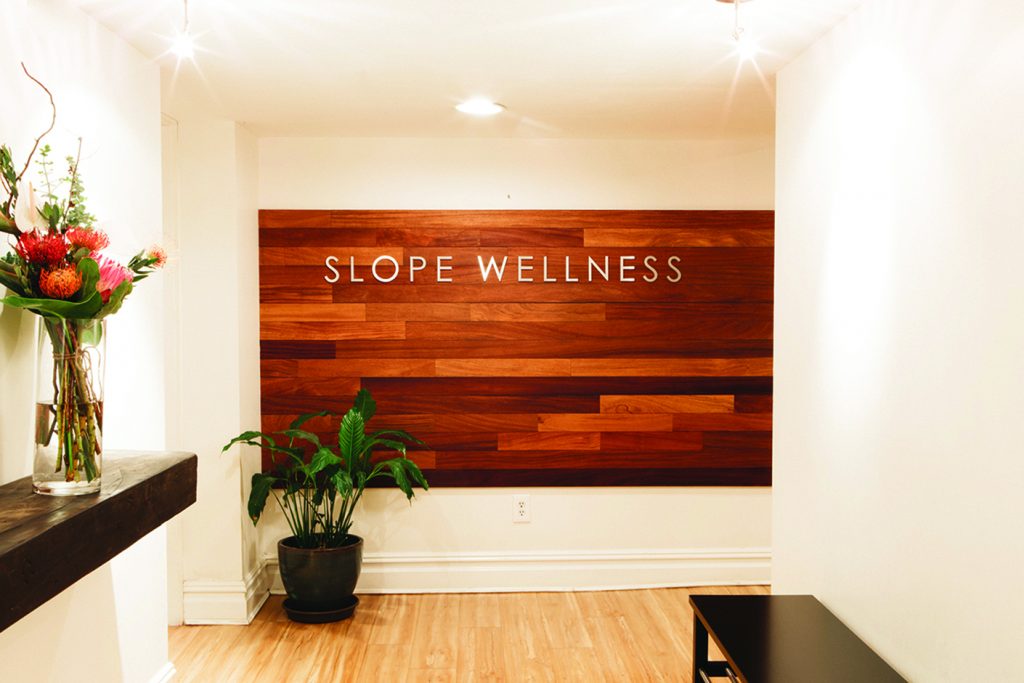
It’s nearly impossible to walk a block in Park Slope without spotting wellness in one of its many embodiments. Alternative medical offices and juice shops abound. Conversations often slip into the familiar cadence of words once foreign-words like chakra, ketogenic, or ashwagandha. Gone are the days of living intentionally being reserved for the hyper-health conscious. Wellness has made its way to the masses.
What was once a niche market is now a near 4 trillion dollar movement towards living “well.” And what does that mean exactly? I took to the streets of Park Slope, a historically progressive and health centered neighborhood, to find out.
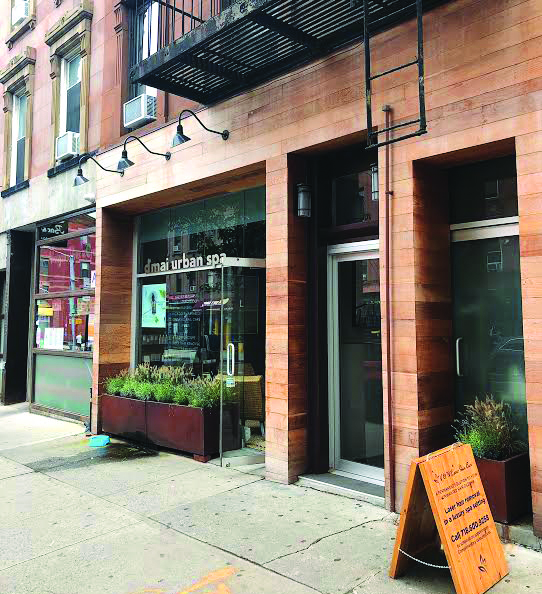
My journey began at D’mai urban spa where the scents of serenity that slipped out the sleek exterior created an impromptu oasis on 5th Avenue. I was transported from the muggy street to the back corner of the spa, plush robe knotted, to a sweltering sauna. Wellness, I thought prematurely and perhaps influenced by the cucumber water I was sipping, was actually pretty simple. As my body unwound and the temperature rose, I considered the last time I intentionally did something for my physical self. Did my recent acquisition of a swingy workout skort count? My thoughts were interrupted as I was shuffled to my massage table. When Daniella Stromberg, the owner of D’Ami, proposed a CBD Pain Relief Massage as a experiment in wellness, I was intrigued.
CBD oil, primarily made from canabitdoid, has been popular in the world of wellness for years. Known to relieve stress, relax tension in the body, and perhaps even lighten the weight of anxiety, this hemp derived miracle worker is shifting into the mainstream.
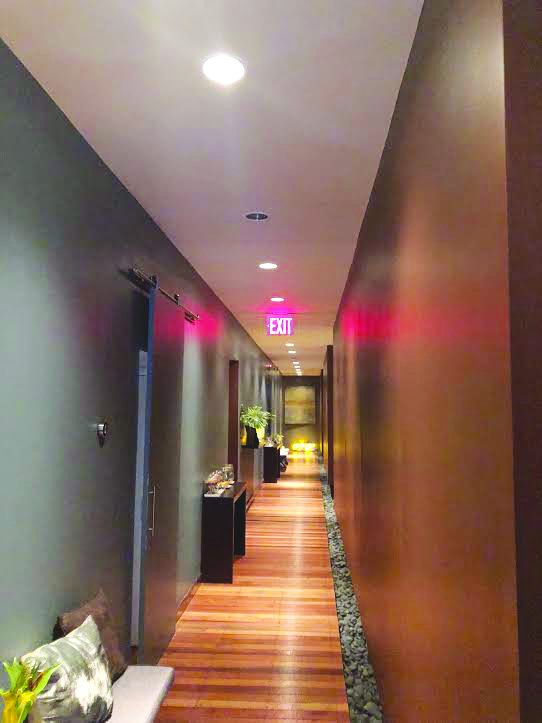
As the massage therapist pulled the tension from my wrist she whispered, “There, different story,” and I nearly jumped off the table in light of this revelation. She was right. Wellness is altering, for good, the parts of our stories we can change. Narrative traces through every point in our lives-why should our health be any different? In moving towards what is good, we move inadvertently towards what is true. As Danielle put simply, “Wellness is the state of being your authentic self.”
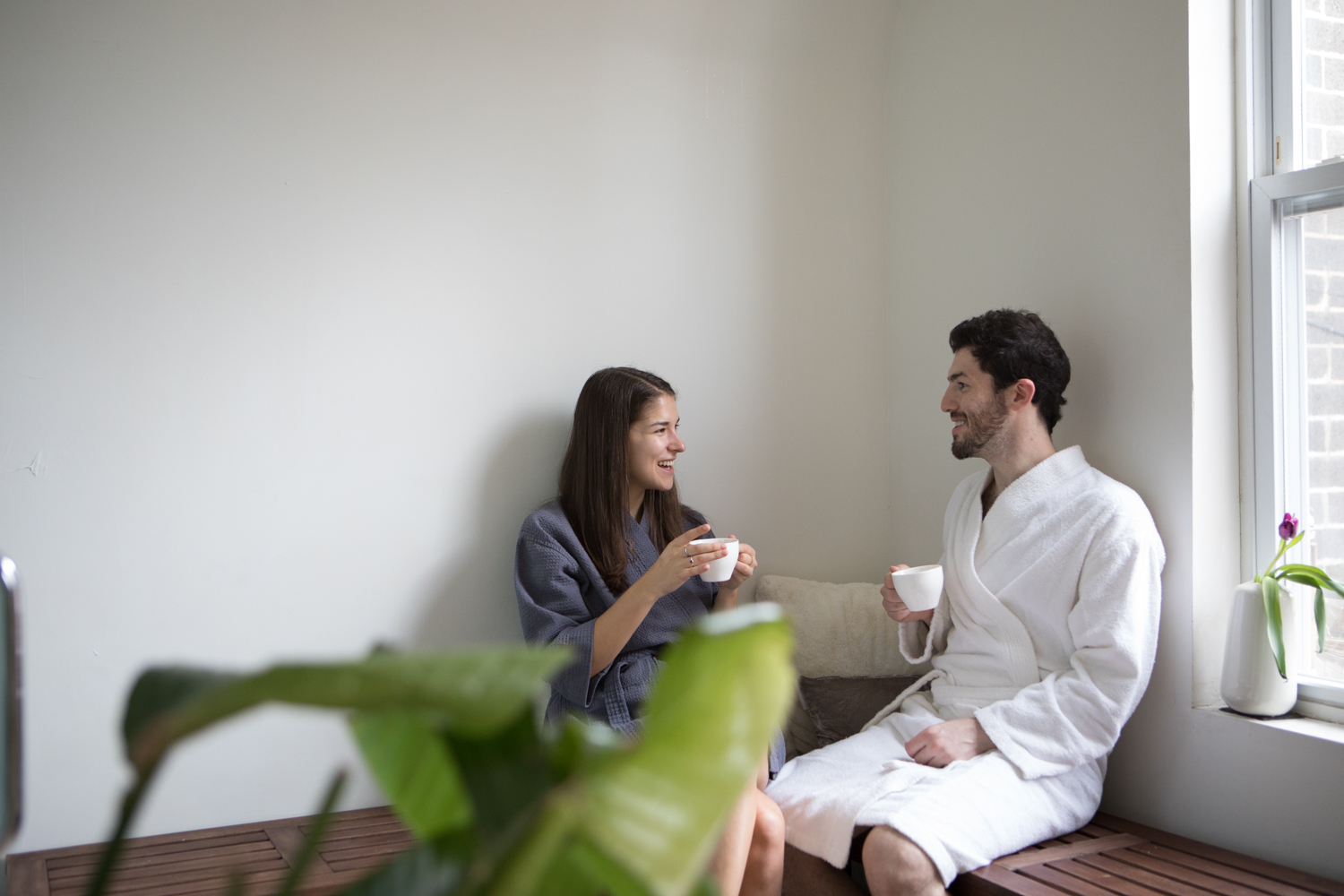
And these aren’t new stories we’re uncovering. Many ancient practices of wellness have been reinterpreted for life in the 21st century. Take bath houses for example. In 2500 BC, the “Great Bath” functioned as both a community gathering place and a temple. In 2018, between the low-lying warehouses of Gowanus, cityWell brooklyn re-imagines the art of “taking the waters” for modern city dwellers. The space is unassuming from the outside, but after slipping off your shoes and venturing past the entrance, a sanctum awaits. Liz Tortolani, owner and visionary of the space, has crafted an island in a desert. That island being a collection of small shifts that speak to her passion for beauty, restoration, and the timeless pursuit of better living.
For Liz, empowering wellness seekers to take an active role in the honoring of their bodies is the ultimate form of giving back. And her hope is that this becomes a lifestyle shift, not a once-a-year birthday treat. Wellness being a constant priority makes it preemptive, I learned. Stepping into cityWell feels like a collective exhale. Candles quietly wave, the sound of the warm baths blur out the traffic nearby, and the no shoe rule works to ground attendees in the moment at hand. And that moment is tranquil, safe, and shared.
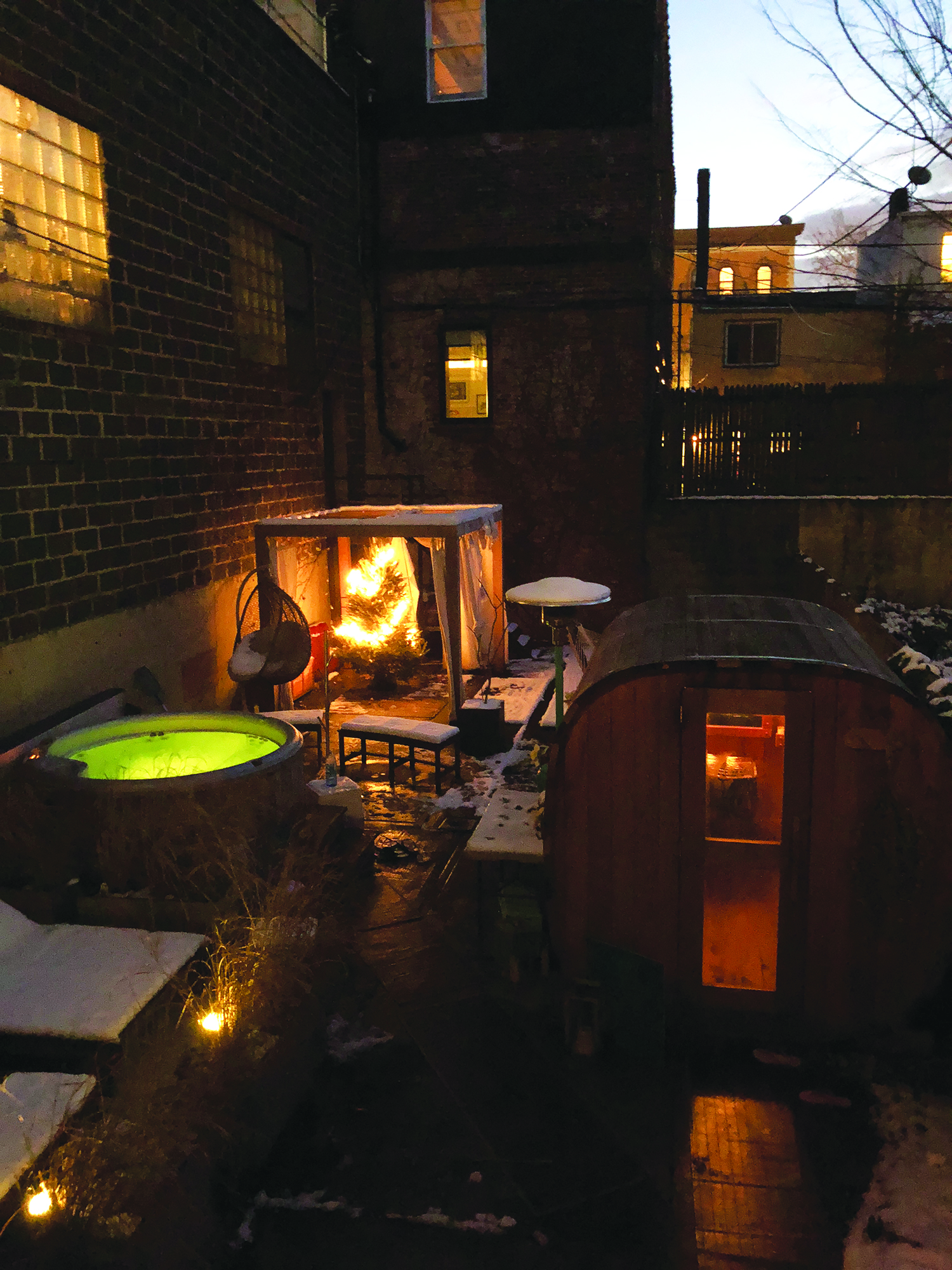
The five elements of Chinese medicine (wood, fire, earth, metal, and water) are all deftly woven into the space. Upon my second visit, Liz visited me in the sauna clutching a binder overflowing with magazine clippings, color palettes, and early business proposals. The evolution of cityWell took shape before my eyes as she explained how each piece manifested-the cork floors that cover the space, the candles from a local apothecary, the vines climbing above the whirlpool, the personal lockers for New Yorkers on the go, and the rain showers above head. The shared feeling of presentness that humid Tuesday morning, a collection of woman with all sorts of stories gathered in one place, was proof of her success.
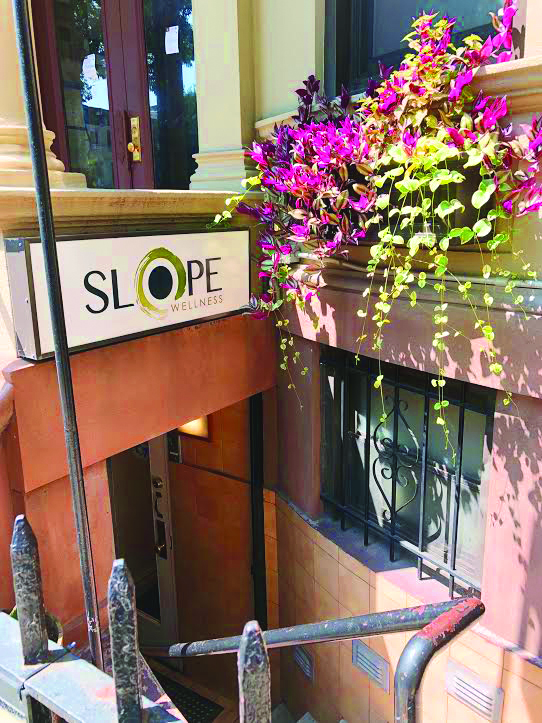
Community wove its way into every wellness related practice I visited. At Slope Wellness, a few avenues closer to the park, so did the no shoe rule. White noise machines and a clean, organized office space help instantly create an air of calm upon descent. A host of services, such as Jade Gua Sha Facials and yoga practices fill the multipurpose rooms every day. Here, acupuncture is offered in a group setting, as a nod to its ancient origins, but also as an attempt to provide a more affordable alternative. The practice was founded over five years ago in response to a space in the market for a wellness experience that extended beyond the occasional massage. CSA drops off produce here, rooms can be rented by the community, and health related products are curated for sale. Dawn Phillips, a devoted staff member, spoke again of the importance of empowering patients beyond the appointment, to pursue health at home. In our conversation, she explained how she defined wellness as “the mind, body, and spirit connection.” She spoke to the ancient understanding that these compenents can’t be divorced; that they are most powerful in tandem. When the client understand this, the work done at Slope Wellness has the potential to extend into empowered self care; the ability to pursue wellness at home.
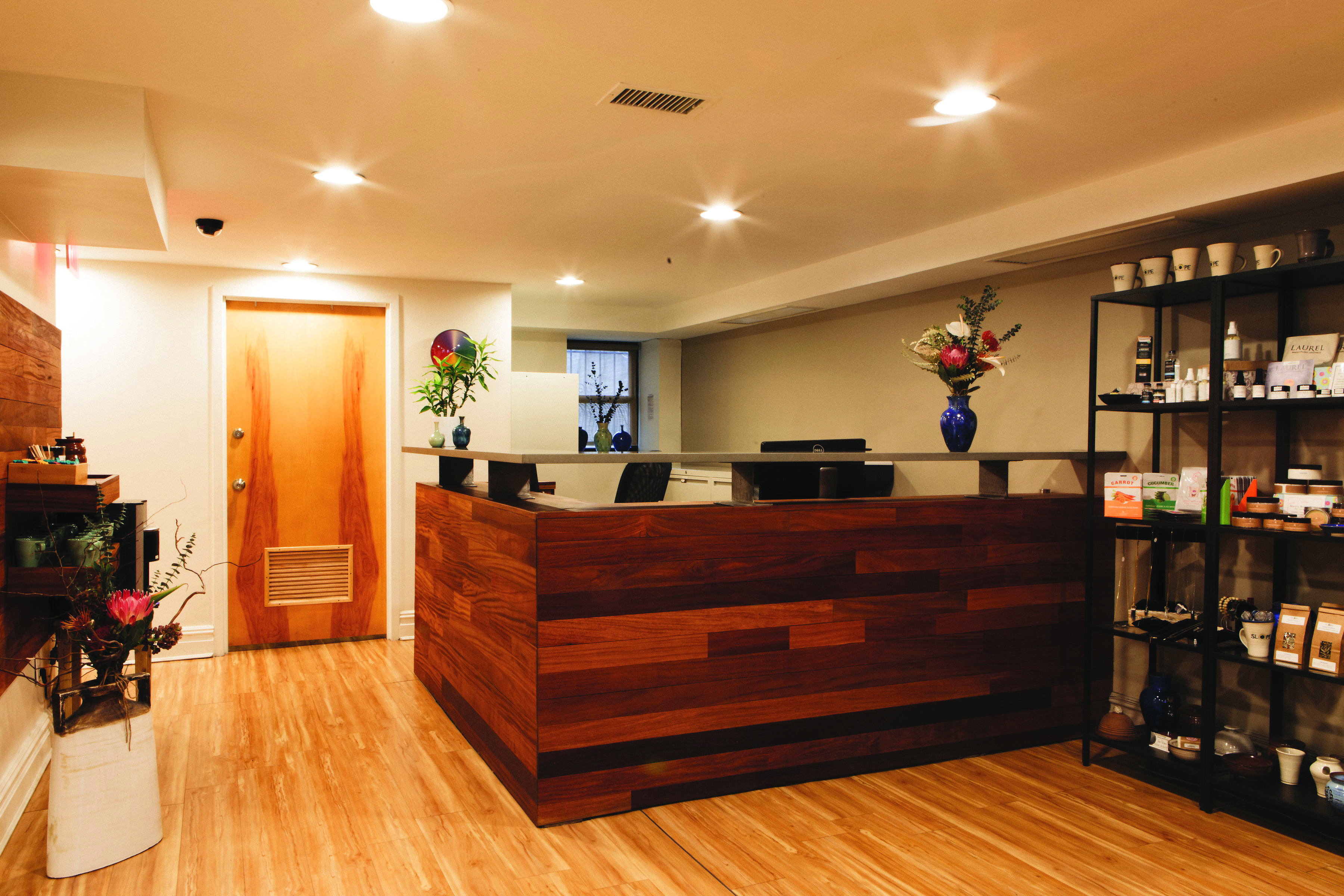
Her speciality, craniosacral therapy, is the work of talk and touch in releasing tension in the body, in some cases working to dislodge trauma. It seems the more aptly we embrace wellness, the more we open ourselves to conversations of the stories our bodies tell. Dawn noted that talking about trauma has become notably less taboo than it was historically. “We can start to change our reality,” she explained. That change, that shift in narrative, is at the root of all wellness.
At the end of the day, wellness is as much a robust spa treatment as it is taking the long way through Prospect Park home from work. It’s about modifying, even in the slightest sense, our relationship towards our bodies. And it turns out wellness is often a practice best served in the company of others. It’s a state of mind, an intention. And the occasional green juice.
